Discover Chthonia
Chthonia

183 Episodes
Reverse
In this final episode of Chthonia, we look at a Chinese toilet goddess called Zigu. Her backstory makes her an abused concubine murdered in the toilet, though toilet gods and goddesses exist throughout China and Japan. She is consulted in divination for the silk harvest, and in later dynasties she was connected to creating works of literature through automatic writing. We look at the attributes of Zigu, including her epithet of "Purple Maiden", and what these might tell us about the paradox of an exalted goddess of royal integrity being associated with the most humble of places, the latrine.
In this week's episode we look at Kalma, a Finnish folkloric figure mentioned in the Kalevala associated with corpses and graveyards. She is the daughter of the god and goddess of the underworld, and has a dog called Surma that is a cross between the Greek Kerberos and Medusa. We look at the stories surrounding Kalma, and discuss what the imagery around her tells us about death and time.
In this episode we talk about Scathach, the mythical Irish warrior woman who would train men able to reach her island in the art of war. Her most famous pupil was the legendary Cú Chulainn, and much of her story is connected to her encounter with him. She gives Cú Chulainn a weapon that she created herself, the Gáe Bulg, but never teaches him how to use it. We look at Scathach, as well as her daughter and sister, and the drama that unfolds when Cú Chulainn arrives. We also discuss what this might say about the art of war, and the negotiation of the Anima.
This week's episode looks at La Cigaupa, a beautiful howling woman with backward facing feet who is found in the mountains in Dominican folklore. She is often treated as a dangerous siren figure, but her origin story is surprisingly different. We explore the question--is she a colonizer's myth?
This week we look at the daimonic goddess Styx, who is a personification of the river in Hades, but is also associated with Hatred. Her children are Victory, Force, and Rivalry, and Zeus rewarded her help in the Titanomachy by making the gods swear oaths upon her waters. Why do the qualities of a valiant warrior have their origin in a god of hatred? Is it a statement about war, or something else? The psychological possibilities may surprise you.
This week's episode is about the Roman deity Dea Tacita, celebrated with a ritual at the Feralia to keep gossip and the results of "loose tongues" from the family and the city. However, Dea Tacita's origin story relates to a nymph called Lara (also mother of the Lares or household gods), who has her tongue cut out for warning one of Jupiter's would-be paramours of his possibly unwanted advances. This fact makes the symbolism of Dea Tacita a double edged sword--we see the virtues of silence, but is this silence also a type of oppression?
This week we look at Cliodhna, an Irish fairy queen who is a patroness of Munster and also called Queen of the Banshees. This beautiful banshee has a habit of stealing mortal men away from her favored families, though her main legend is the opposite--a mortal man who she loved and with whom she ran away. This has led to the legend of the Tonn Cliodhna, a kind of diastrous tidal wave reminiscent of the one sent to either kill her or return her to her home. We look at the stories of Cliodhna, and how one might look at her stories through the lens of depth psychology.
By request, we are looking at the Virgin Mary in this week's podcast, in particular the "dark Feminine" elements of her mythology. An exploration into Mary (or Maryam), mother of Jesus reveals various layers of her myth and the doctrines surrounding her. This includes the myth of the dying and resurrecting vegetation god, some striking parallels with Semele, mother of Dionysus, the heroic myth of the Virgin Birth and the Divine Child, and the social implications of her role in the Bible and other texts from the early Church to the medieval period.
In this episode we look at Mary Magdalene, the favorite female disciple of Jesus. The gospels suggest that Mary became a follower of Jesus after he expelled seven demons from her. Pope Gregory promoted the narrative that she was a "repentent prostitute". The various Gnostic gospels suggest that Mary knew and understood secrets that the other Apostles could not understand, and she was frequently dismissed and challenged by Simon Peter, acknowledged as the first Pope of the church. We look at the stories about Mary Magdalene, both the history and the tradition, and ultimately ask the question--did Mary have the secret to escaping the cycle of time, hinted at by the Gnostic gospels?
This week's podcast looks at the Nordic deity Ran, a wrathful sea goddess that causes shipwrecks and drags fishermen down to the watery depths with her net. With her husband Aegir and her nine children of the waves, she represents the terrors of the sea--both physically and psychologically. We look at the attributes of Ran, water mythology, and flood mythology.
In honor of Lughnasadh (August 1), this week's podcast is about the Irish god Lugh. Lugh very likely originates from the Celtic deity Lugus, who Julius Caesar equated with the Roman Mercury. He is noted for his many talents, and his ability to play many roles won him entrance to the court of the Tuatha De Danann. He led the group in battle against the oppressive Fomorians at the second battle of Maige Tuired (Moytura), after slaying his grandfather Balor. We talk about Lugh's story as a heroic succession myth, his connection to the Morrigan and sovereignty, and how Lugh differs from the traditional idea of the god-king.
This week's podcast looks at Hermes, the messenger of the Greek gods, known as Mercury in Roman myth. We mainly focus on the story of Hermes' birth in the Homeric Hymn to Hermes, in which he manages to astonish and anger the god Apollo. Hermes is a liminal figure often connected with the Puer (Boy) archetype, representing youthful energy and enthusiasm. We discuss this archetype in a bit of detail, and its contrast with the Senex (Wise Old Man) archetype, as well as a bit about the alchemical Mercurius.
Join us at the Institute for the Study of Feminine Myth--$10 "Thinker's Tavern" sessions on Thursdays in July!https://instituteforfemininemyth.org/thinkers-tavern This week's podcast is about Libitina, Roman goddess of funerals, corpses, and burials. We discuss the debated etymology of her name--is she connected to Venus and to voluptuous pleasure, or is that an error? Varro connects Libitina to "libido", and we also need to consider the ancient Etruscan goddess Alpanu, who is said to be Libitina's forerunner. What we may find is a different attitude toward the connection between life and death.
Join us for Thinker's Tavern on Thursdays 6:30 EST; details at https://instituteforfemininemyth.org/thinkers-tavernThis week's episode looks at Semiramis, the legendary Queen of the Assyrian Empire who is said to have taken over as regent when her husband died, and until her son came of age. Semiramis is the Greek name of the queen Shammuramat, and her history is controversial. Roman historians and geographers credit her with many architectural achievements, conquest of the Armenians, and stabilizing a crumbling empire after a civil war. Not surprisingly, other stories portray her as a lustful, power-hungry seductress. We look at what is written about Semiramis, and discuss the "threat" of the powerful, competent woman in patriarchal narratives.
This is a re-edit and re-upload of the Chthonia episode on Circe, or Kirke, from 2019. Circe is best known for her encounter with Odysseus and his men in the Odyssey, where she turns the men into pigs, and Odysseus defeats her magic with the moly plant. While Circe is a central Anima figure in this story, she also appears in others as Medea's aunt and the daughter of the sun god Helios.
Join us for the new Thinker's Tavern series at the ISFM: https://www.instituteforfemininemyth.org/thinkers-tavernThis week's episode looks at La Loba, the Wolf Woman, sometimes also called the Bone Woman. She gathers the bones of animals, usually wolves, and when she has a complete skeleton she chooses the song to sing to bring the animal back to life. This story becomes a framework for discussing the psychological and mythological meaning of "bones", as well as the forces represented by the wolf.
* Check out the new Thinker's Tavern discussion series athttps://www.instituteforfemininemyth.org/thinkers-tavern *This week's podcast looks at the figure of Hermaphroditus, son of Hermes (Mercury) and Aphrodite (Venus), and his encounter with the aggressive nymph Salmacis, her prayer turning them into a single being that is both male and female and neither at the same time. While Salmacis is often viewed as an aggressive woman attacking an innocent boy, an inscription at Salmacis' pool in Halicarnassus suggests a very different view of the myth. We explore the idea of the Hermaphrodite as representing the bonds of marriage and ideas about marriage, as well as its connection to Plato's myth of the proto-human in the Symposium. The articles referenced in the podcast were:Kelly, Peter. "Intersex and Intertext: Ovid's Hermaphroditus and the Early Universe," Exploring Gender Diversity in the Ancient World, Allison Surtees and Jennifer Dyer, eds. Edinburgh University Press, 2020. Romano, Allen T. "The Invention of Marriage: Hermaphroditus and Salmacis at Halicarnassus and in Ovid," The Classical Quarterly, Vol. 59, No. 2 (Dec. 2009), pp. 543-561.
This week's episode looks at the legendary woman known as Helen of Troy, "the face that launched a thousand ships." The daughter of either Zeus and Leda or Zeus and Nemesis, the desire to possess Helen, dubbed the most beautiful woman in the world, launched the Trojan War. We discuss her abductions by Theseus and Paris, the oath of Tyndareus, and the question of whether or not Helen went with Paris willingly or against her will--and whether Paris seduced the "real" Helen at all.
This week we look at the Greek daimon Atë, the personification of deception and ruin. Atë is a prominent figure in Homer’s Iliad, and often appears in Greek tragedy as a figure associated with justice, along with Nemesis and the Erinyes. We look at Atë as an irrational force, and how the understanding of her as a daughter of Zeus in the Iliad tells us something about the pitfalls of the rational mind.
This week's podcast looks at Pandora, the first woman described by Hesiod, though her story likely predates his writings. Pandora is a gift to Epimetheus, brother of Prometheus, as an act of revenge after Prometheus steals fire from Heaven and gives it to mortals. She carries a pithos (jar) that she is told to never open, but when curiosity strikes, she releases all sorts of ills into the world of humans. We examine the different aspects of this story, including the idea that the coming of woman is an evil, the question of what was actually in Pandora's jar (changed to a box in later translations), her connection to the Earth Mother, and her connection to Psyche, the personified soul.


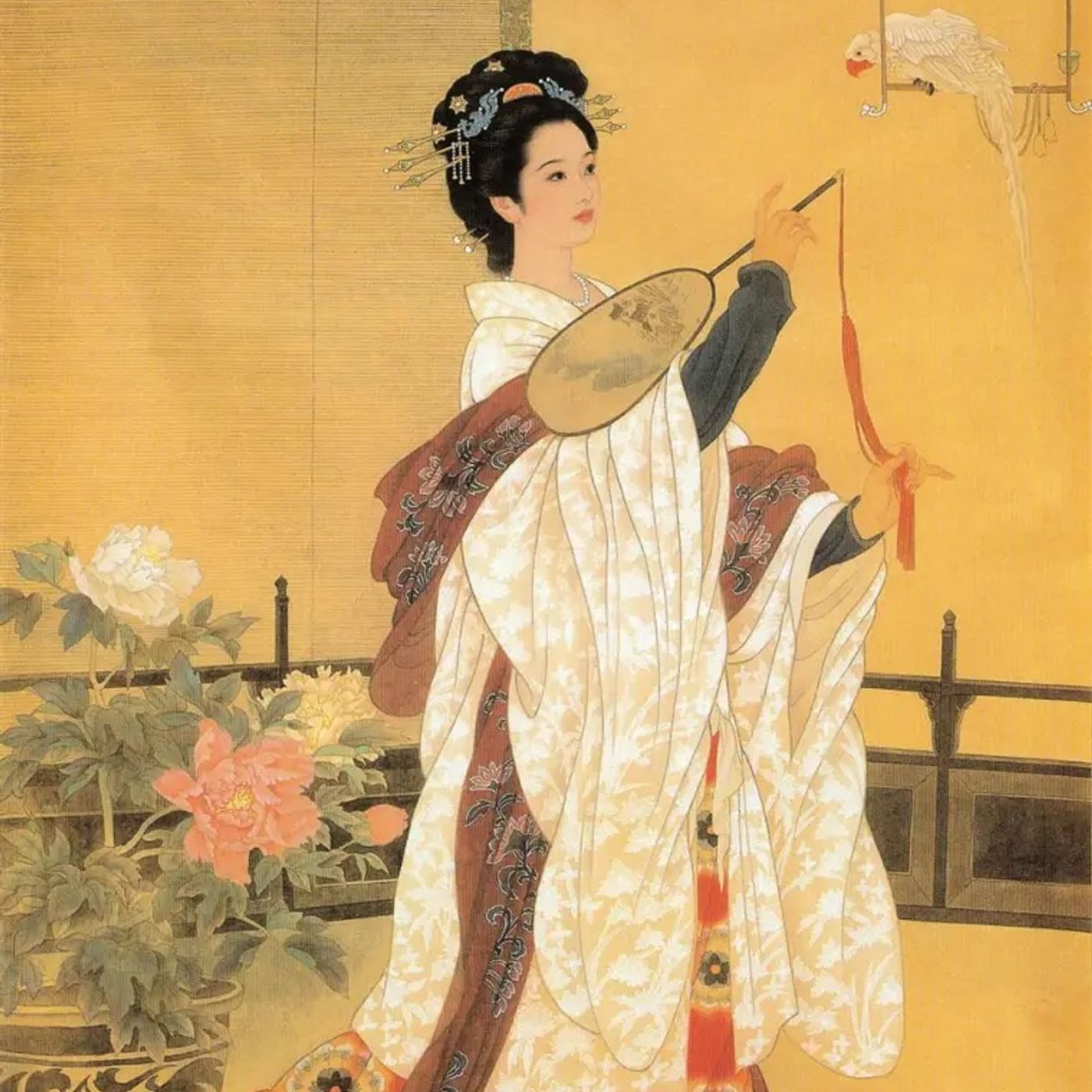
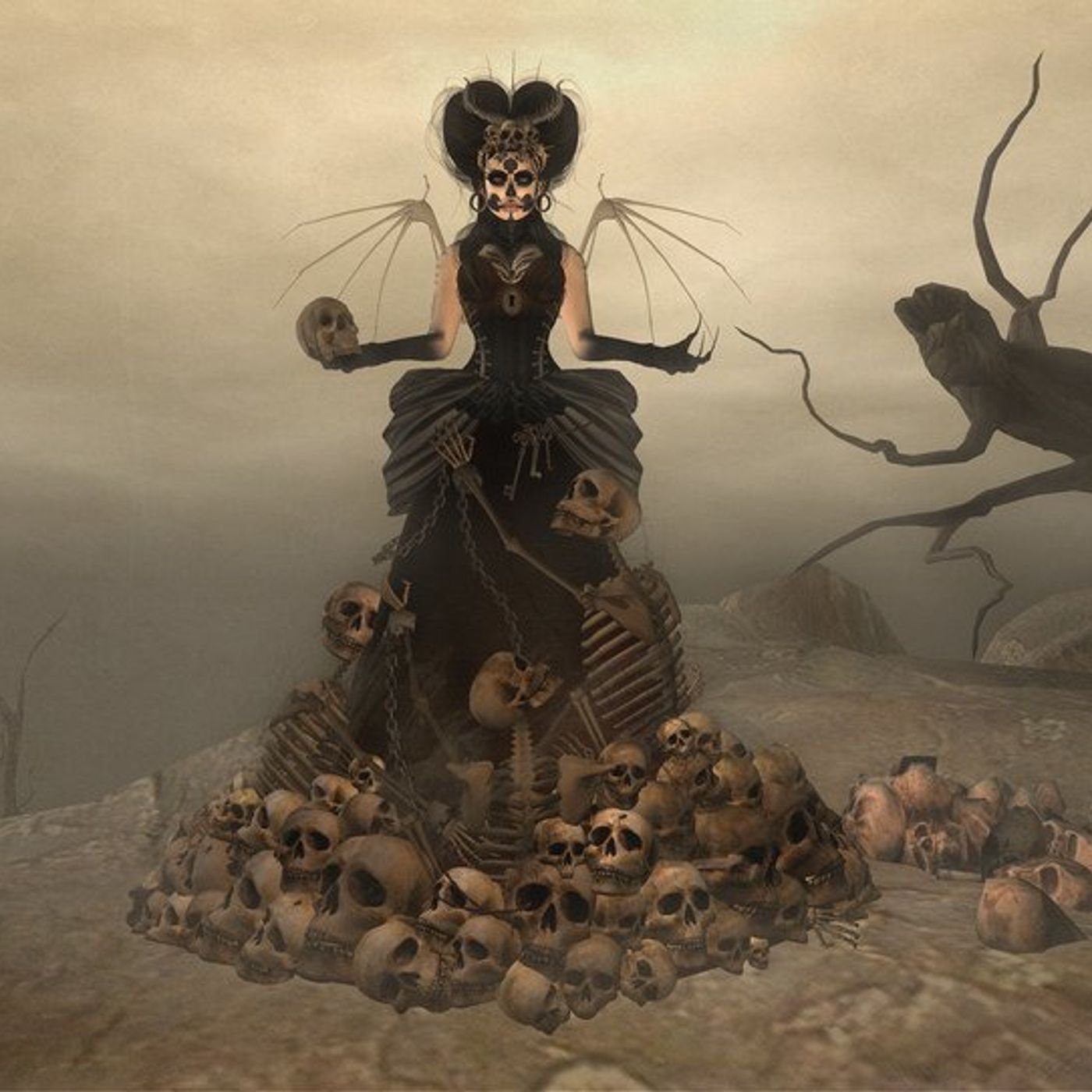
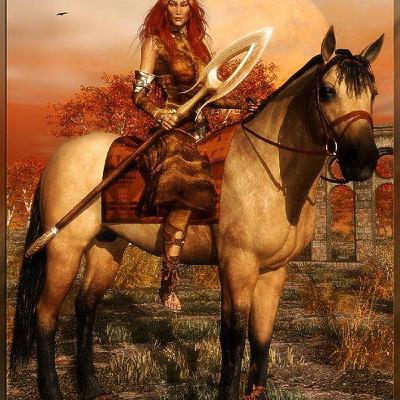




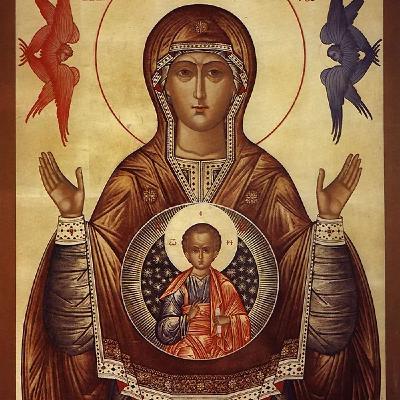
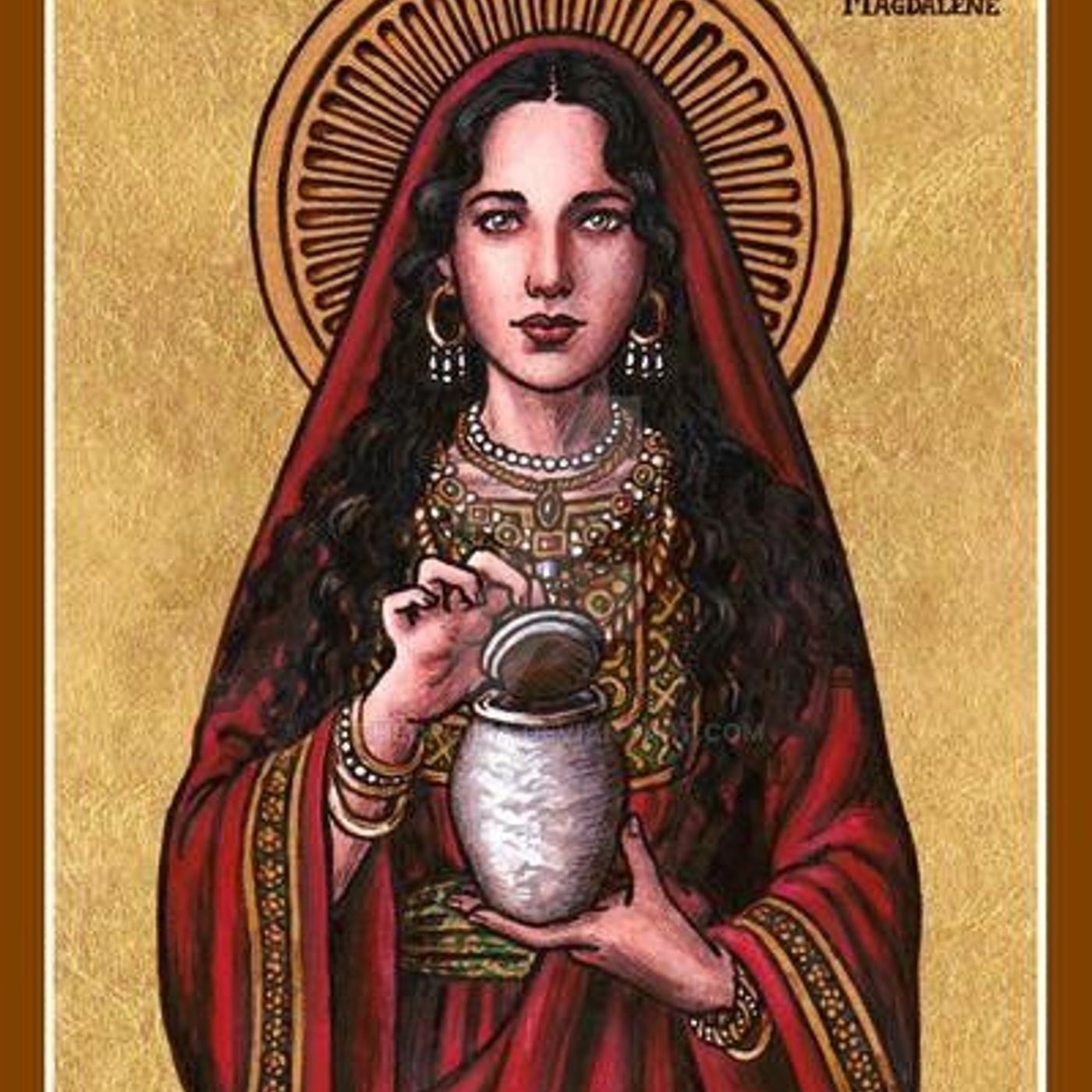

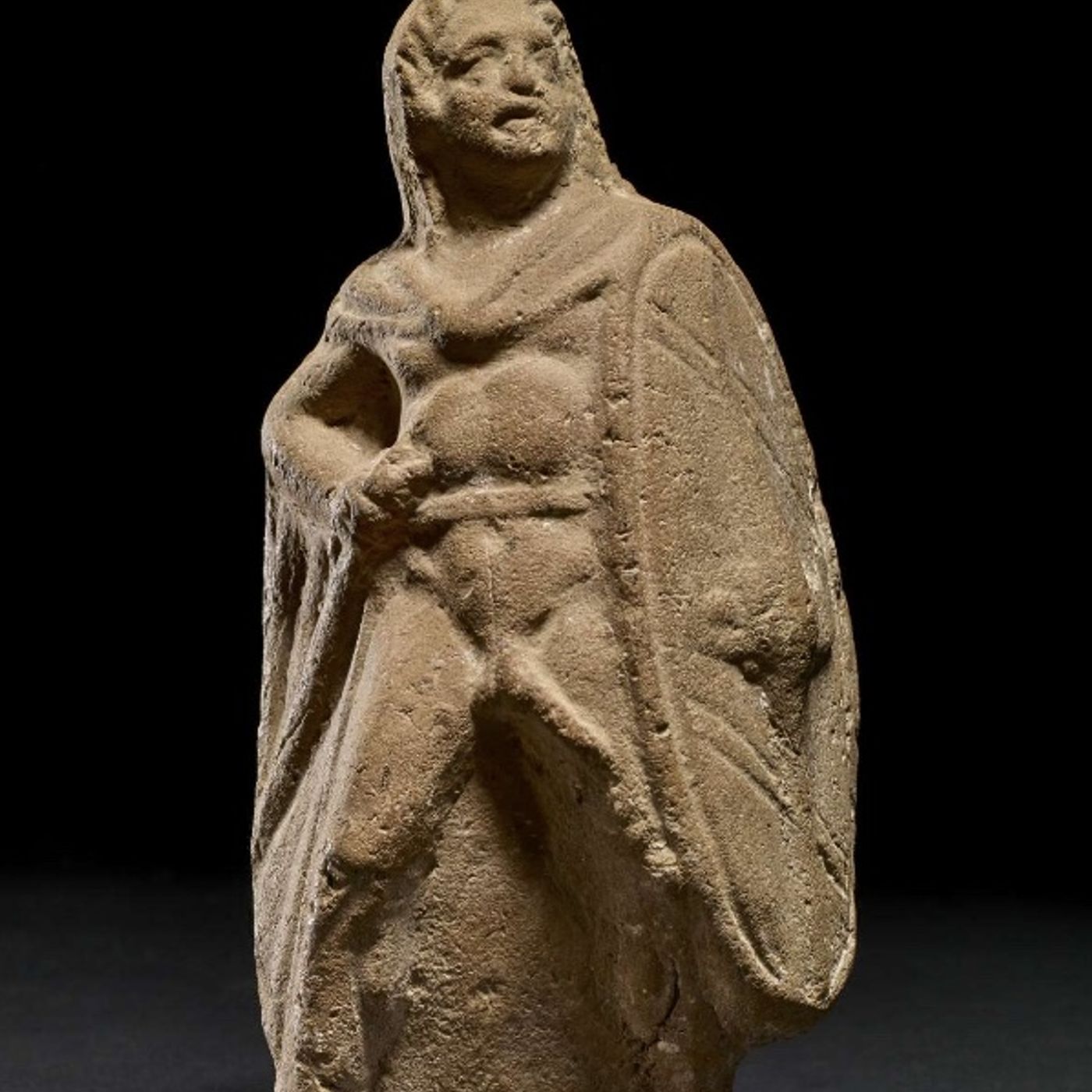
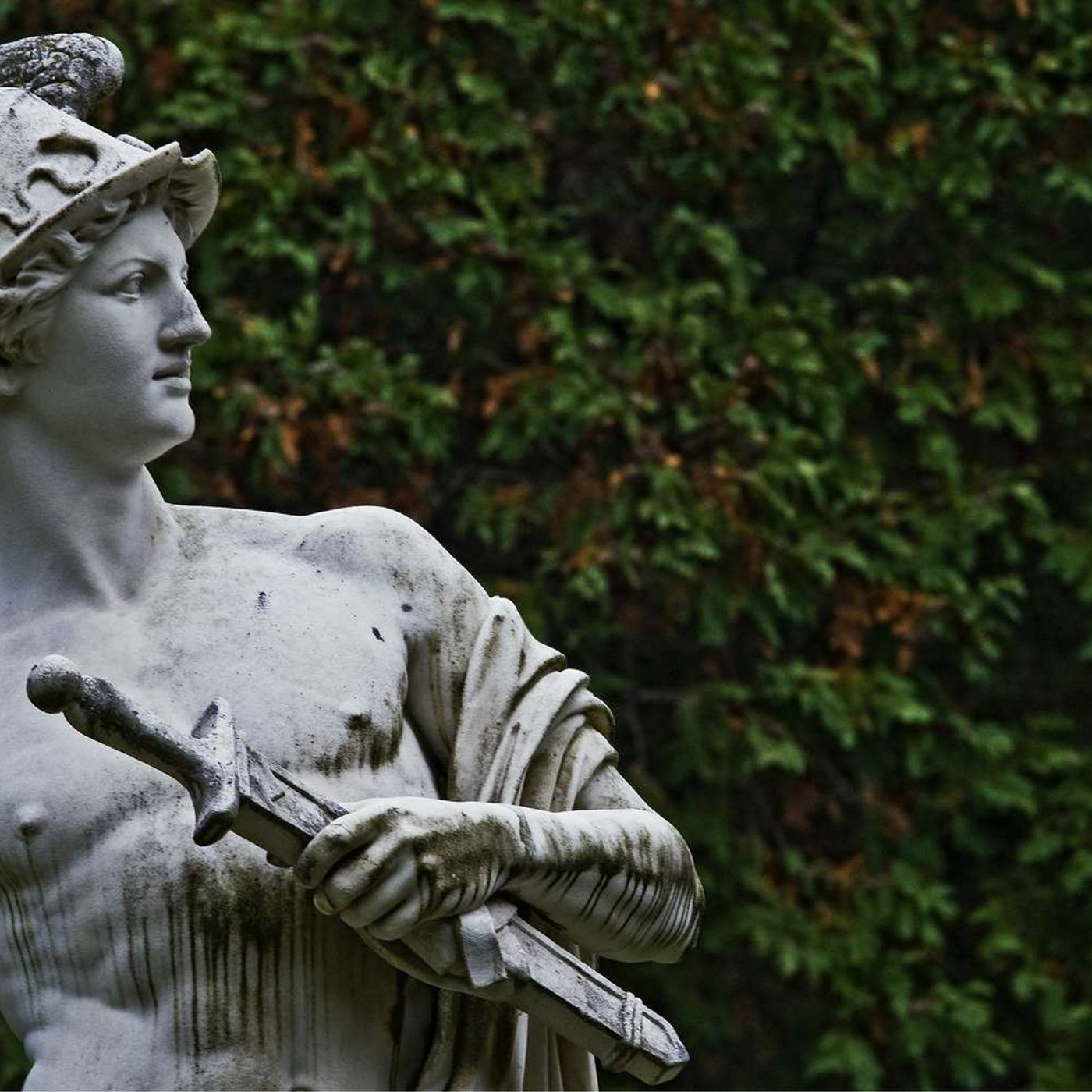
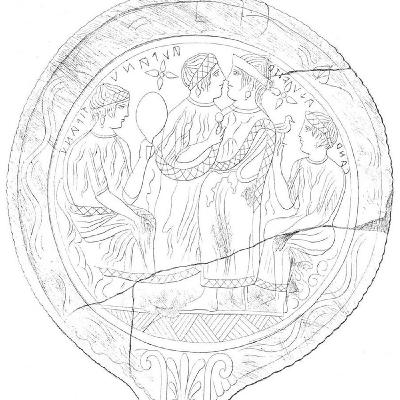
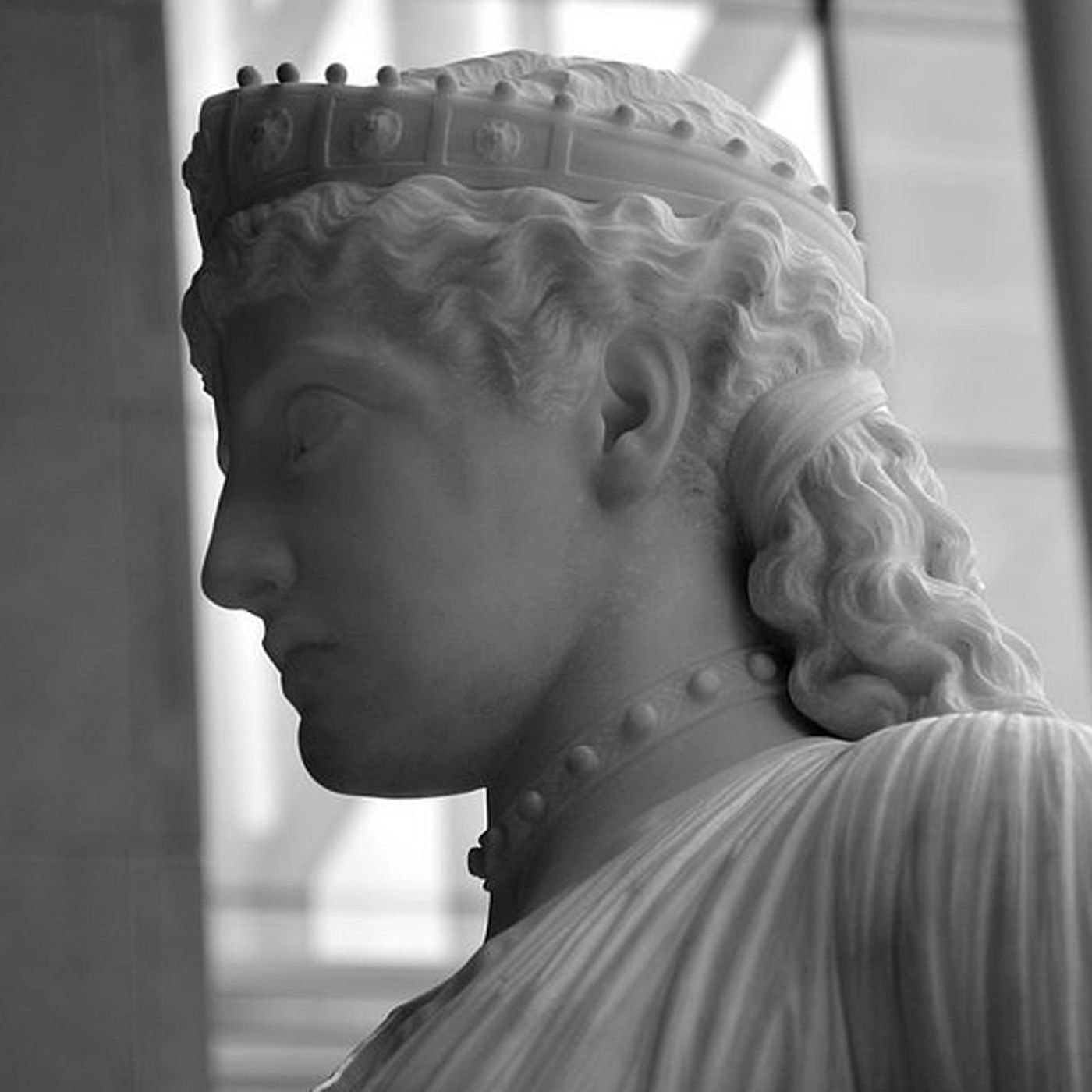
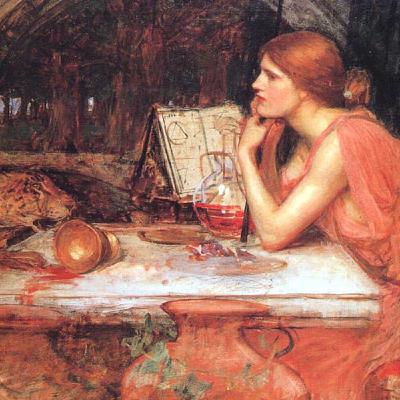
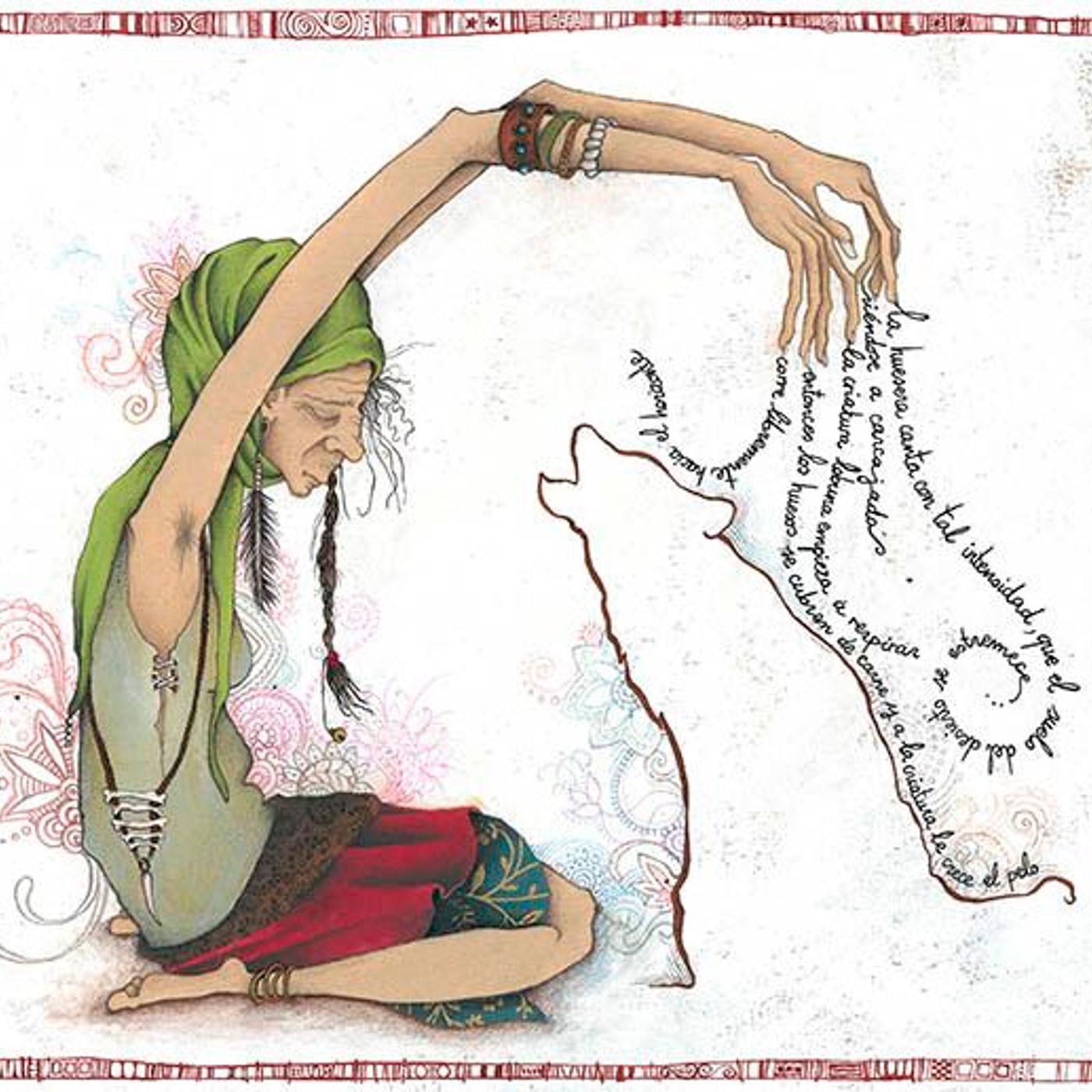
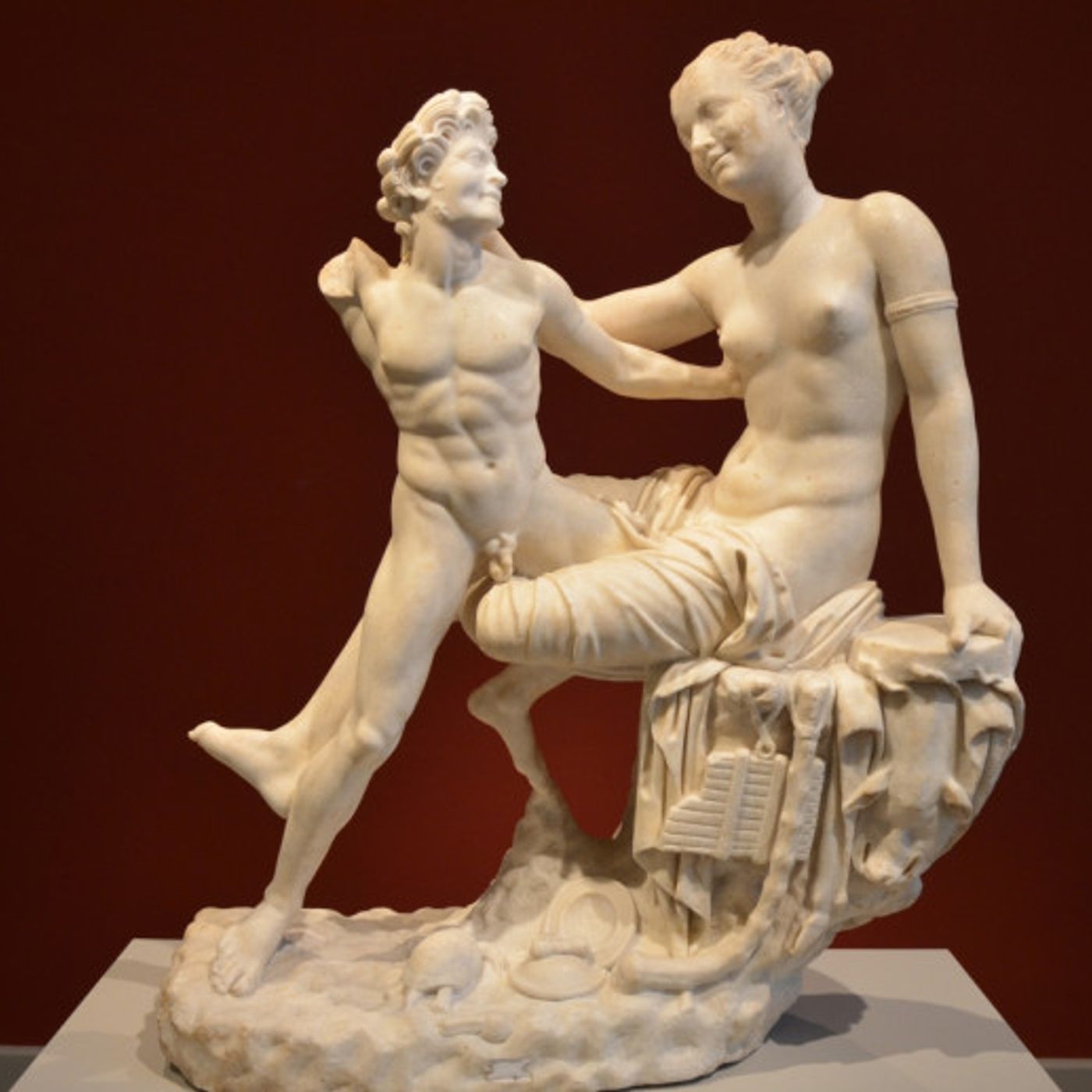


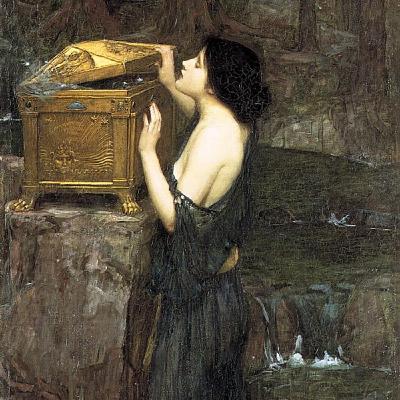



🤗
This podcast is excellent. Well studied. Thank you very much. (Albeit a male, Odin approved this message).
I have always thought of death as masculine.. I would like to hear a chat with someone of the Hispanic Mexican descent heritage that is part of Santa Muerte. That would be interesting as all your episodes are.
you should be president please